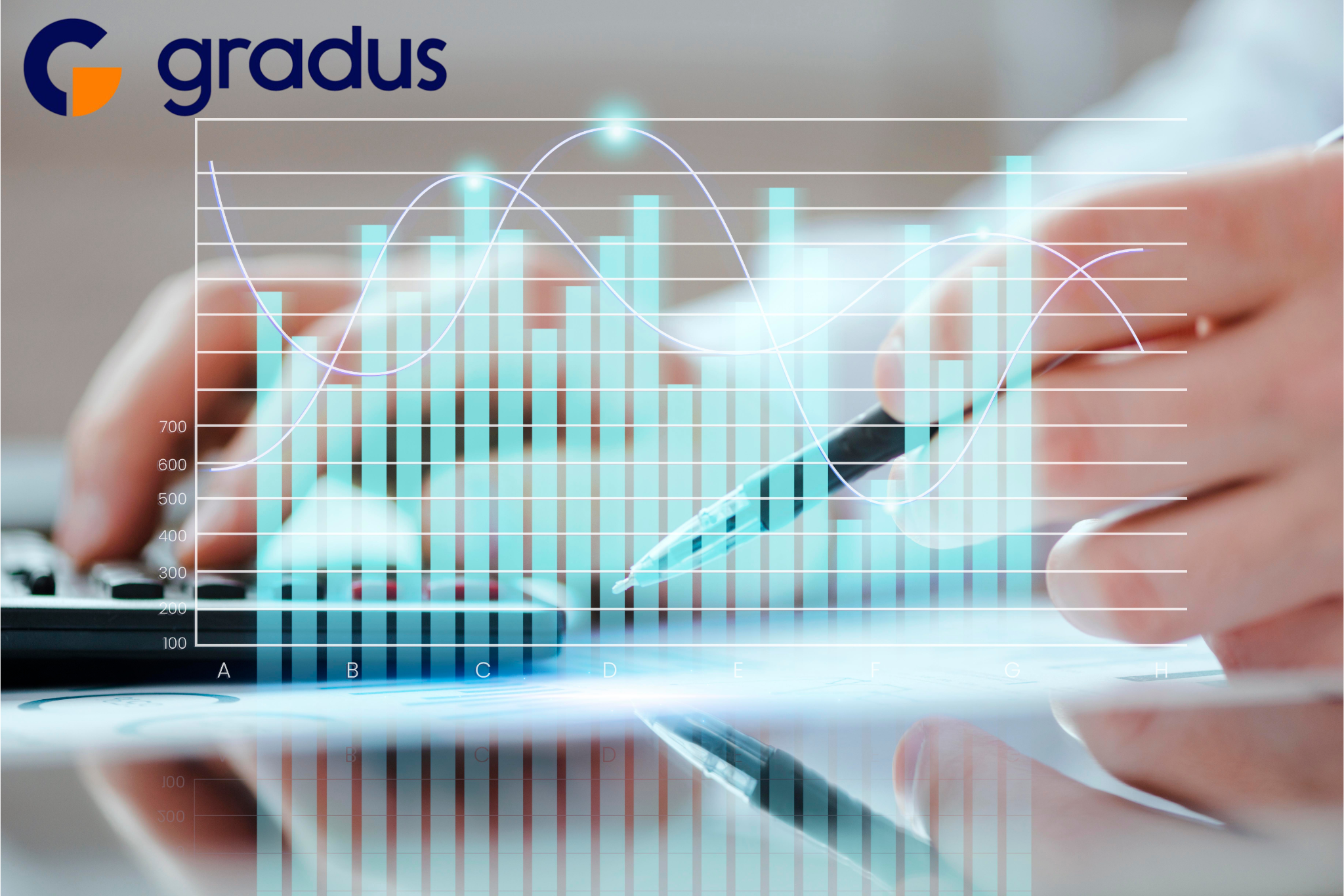Sales of strong alcohol in the Russian Federation have fallen, rising prices stimulate sales of moonshine
Vodka is losing strength: Russians are switching to alternatives to their usual alcohol
The beginning of the Year of the Green Snake (according to the Eastern calendar) has brought a surprise to lovers of the "green snake". In the first month of the year, 10.5% less alcoholic beverages were sold than in January 2024. Have Russians really quit drinking? It is unlikely. But even sales of vodka - a drink that traditionally occupies a leading position in the alcoholic preferences of citizens - showed a significant decline. Overall alcohol sales reached their minimum level in the last five years.
In January, retail trade in the Russian Federation sold about 6 million decaliters (dal) of vodka, which is 3.2% less than in the first month of last year, Rosalkogoltobakkontrol reported. Cognac sales decreased by 8.5%. And the sharpest decline in sales - almost 9 times, to 181 thousand dal - was noted in the low-alcohol beverages sector. In total, 16.8 million dal of alcoholic beverages were sold in January, which is 10.5% less than a year earlier.
At the same time, from January 1, 2025, minimum retail prices for strong alcohol increased again. According to Rosstat, vodka increased in price by 3.7%, wine - by 4.2%, and cognac - by almost 5%. Experts note that this is far from the limit. Excise taxes continue to grow, and inflation puts additional pressure on the market.
The statistics for January speak for themselves: alcohol is becoming more expensive, and along with this, the consumption model is changing. Vodka is bought less often, but homemade tinctures on alcohol and cheap alcoholic analogues are gaining popularity. People are looking for ways to save money, but are not ready to give up alcohol.
Aleksey, a salesperson at a small grocery store in Moscow, confirms: “We always have lines for alcohol before closing. But now people have started buying inexpensive brands more often. It is clear that the demand for the premium segment has fallen."
Another employee of the alcohol department in the hypermarket says: "Expensive wines and elite alcohol are almost not bought. But cheap beer and vodka are sold steadily. People are looking for alternatives, including homemade drinks."
Consumers choose more budget-friendly options or even switch to alternative methods of consumption - homemade tinctures, limoncello, cordials or moonshine. Experts estimate the share of moonshine in the total consumption of alcohol at 20%.
The average bill for alcoholic beverages is growing. One of the popular platforms calculated that over the year it has grown by an average of 24% - from 526 to 674 rubles. Imported drinks, which are affected by the exchange rate and difficult logistics, have increased in price the most.
One of the shoppers in the store shares: "I used to buy good cognac, but now I buy tinctures more often. The strength is the same, but it comes out cheaper." However, experts warn: saving on alcohol can lead to an increase in the shadow market. Already in January 2025, sales of illegal alcohol in the regions increased, according to market participants, by 7%.
Analysts note that if current trends continue, alcohol prices will continue to rise, especially for strong drinks. This is due to both an increase in excise taxes and inflation. Soft drinks and beer are likely to become more popular, especially among young people. Already in January 2025, sales of non-alcoholic options increased by 5%.
Managing partner of B&C Agency Ivan Samoylenko notes that the current situation on the alcohol market is the result of a complex interaction of economic, social and regulatory factors. "In 2024, alcohol sales in Russia decreased by 1.1% compared to the previous year. This is due not only to rising prices, but also to the redistribution of shares between categories of alcoholic beverages. For example, after the increase in excise taxes on low-alcohol drinks, some products moved into the category of beer and beer drinks,” he explains.
Samoylenko also emphasizes that alcohol consumption in Russia has been declining since 2018 – on average, from 14 to 8 liters per person. This is the result of both the state policy of increasing excise taxes and the growing interest in a healthy lifestyle. However, the current price increase is forcing consumers to look for alternatives, including homemade drinks and counterfeit products.
The price forecasts for lovers of the “green snake” are not encouraging. According to Gradus Retail Index, in 2025, a further increase in the average bill for alcohol is expected – due to an increase in excise taxes and minimum retail prices. Strong drinks, such as vodka and cognac, will rise in price most significantly – by 15-17%. Beer will also increase in price – by 10-15%.






